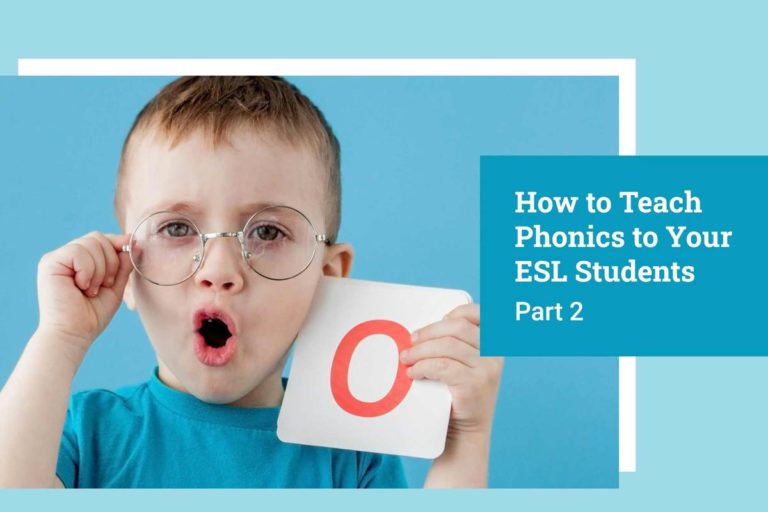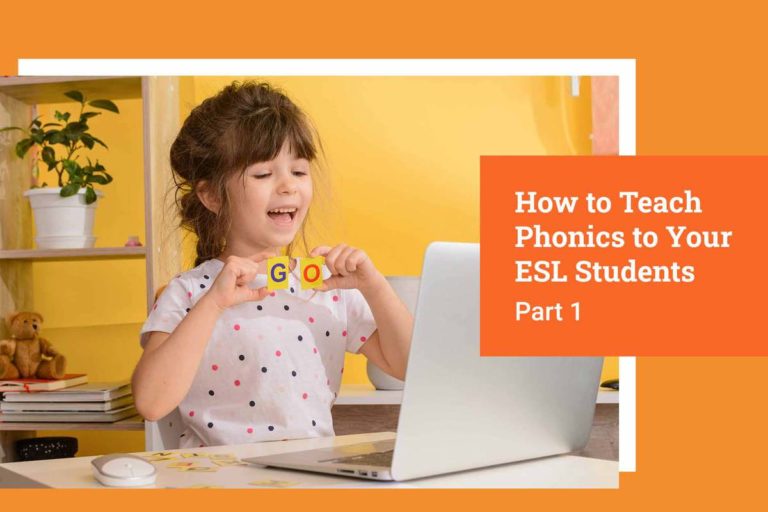Ready to start teaching English online?
Teach with VIPKidWhat are ESL icebreaker games?
Classroom icebreakers are games that can help the students in an ESL class get to know each other and their teachers.
These icebreakers are designed to be fun and engaging. They are meant to encourage students to interact with each other and learn English at the same time.
For a more basic introduction to ESL for children, check out this quick primer on teaching English to kids.
In this article, we’ve outlined 6 of the best icebreakers to liven up the atmosphere in your classroom.
9 ESL Icebreaker Games for Kids
Game #1: Paper Planes

To play this icebreaker game for kids, tell your students to follow these steps:
- Write 3 to 5 facts about themselves on a piece of paper.
- Make a paper airplane.
- Fly the paper airplane towards the center of the room.
- Each student should pick up the plane that landed next to them, unfold it, read the facts and try to guess whom these facts belong to.
You can also adjust this fun icebreaker game to the subject of your lesson. For example, if the subject is food, the students can write 3 to 5 their favorite meals.
Icebreaker games are intended for traditional classrooms. To learn more about how VIPKID teachers teach, or to become one yourself, sign up now!
Game #2: Concentric Circles

This type of easy icebreaker game is played in the following way:
- Divide your class into two groups.
- In the middle of the room, form two circles, one inside the other. Each student should be facing one partner.
- Ask an icebreaker question and give the students a chance to answer.
- After one minute, call out “Rotate!”
- The inner-circle should move one spot clockwise, so the students should be facing a new partner.
- Repeat steps 3 to 5 until the students are back facing their first partner.
Game #3: World Map

This ESL icebreaker is suitable for an international classroom. For this game, you will need a paper map of the world and a set of pins. And here’s how to play:
- Give each student a pair of pins of different colors.
- Ask each student to mark the place where they are from with one pin, and the place where they want to go with another.
- When all pins are in place, the class tries to guess who placed each pin on the map.
Again, you can adjust this activity to the subject that you are currently teaching in the class. For example, you can ask the students to use modal verbs in order to guess the countries, such as “[name] might be from [country]” or “[name] could have marked [country]”.
Game #4: Corners of the Room

These ESOL icebreakers are aimed at listening comprehension and would be more suitable for intermediate and advanced students. Here are the instructions:
- Mark the corners of your classroom with numbers from 1 to 4.
- Ask the icebreaker questions, such as the students’ favorite foods or sports.
- Give the students four answer choices, one per each corner of the room. For example, if you’re asking about favorite sports, you might give them these choices: 1. Ball games 2. Cycling 3. Water sports 4. Winter sports.
- The students should move to the corners that are closest to their answers.
As a result, the students see what they have in common and thus get to know each other better. While playing they can use it as a vocabulary game for terms in your current lesson plan.
Game #5: Deserted Island

This simple and fun icebreaker for kids needs no preparation. Here’s how you play:
- Tell your students to imagine that they are trapped on a deserted island. To make the game livelier and make the students’ imagination work, you can show them some pictures of deserted islands.
- Give them some time to think of five items that they would take to the deserted island. You can start the game yourself by naming your five items.
- Ask the students to explain why they want to take exactly these items. You can set an example by your own explanation of your five items.
Again, you can adjust the game and make it more challenging by asking the students to use the new vocabulary for the items and explanations.
Game #6: Multipurpose

- Choose one object for your students, such as a broom.
- Divide your class into pairs or groups.
- Ask each group to come up with as many alternative and fun usage examples as they can for this object. For example, a broom can be used as a vehicle, like in Harry Potter.
Game #7: Mime and Tell

This game works like Charades and is a great way to build vocabulary. Here is how it can be played:
- Make your students sit in front of you.
- Use actions and gesture to describe a word.
- Ask your students to guess the action using a single or more words.
If you want to turn it into a competition, then team up your students and have a point system. The team that gets the most mimes right wins.
Game #8: Three Questions

This can be a fun game and will help your students get to know each other better. Here is how the game works:
- Pair up your students.
- Tell them to ask three questions from their partner.
- Each question should be a follow-up of the next one. For example, if one student says, “what is your favorite color?” Then the next question could be, “why do you like this color”.
- At the end of the game ask each pair to give a two-line analysis of each other.
Game #9: Chinese Whispers

This is one of the most fun games and here is how it works:
- Make your students sit in a circle.
- Whisper the word in a student’s ear only once. The student has to whisper whatever he/she understood in the ear of the student sitting next in the circle.
- The last student has to say the word aloud after which the teacher will share the original word.
Get to know you games for kids
Things to consider before you choose get to know you games for kids
Yes, playing get to know you games with your students is a great way to break ice and get them comfortable. However, if you do not pick the right games, then not only will your students not participate, they may also not like your lessons.
Therefore, to keep things interesting, here are a few things you should consider before picking the right game:
Do not pick complicated games – Remember, if your students do not know the English language well, then they may not be able to understand the games that are too complicated or have too many rules. Such games, instead of breaking the ice, may intimidate your students, which could result in lack of motivation and interest. You should select simple games that will get them talking and allow them to understand the purpose of why they are being asked to participate.
Pick games that are interactive – If your game is not interactive and does not involve your students, then you might as well not bother playing it. The idea is to make the students feel comfortable so they can participate in the lesson and learn something. If you pick a game that only requires the students to listen or have minimum participation, then they may not connect with you well.
Keep them relevant – Sure, these are just ice breaker games, but they need to be related to what you are teaching. Even though these are games, but your students should still be able to learn something from them. Keep these games about the English language, so you can give your students an idea of what the class is all about.
Why icebreakers are important for ESL classes?
Here are a few very important reasons why you need to use icebreakers in your ESL class:
- They make the students feel more comfortable – When it comes to teaching English as a Second or Foreign language, it is very important for the students to be comfortable and responsive. Why? Because if your students are not comfortable with you and the rest of their class fellows they will not be able to concentrate on the lesson and may not achieve the learning objectives you set for them. The purpose of icebreaker games or activities is to make your students feel comfortable enough to participate actively in the class.
- They set the tone for your class – Icebreaker games that have an element of fun in them can create a sense of excitement in the class. This can result in a lively session where students are motivated to learn. If your students feel intimidated and nervous then you may be in for an extremely boring and useless lesson where your students may not learn anything significant. Remember, a bored mind rarely retains all the information you feed it.
- It can help with improving speaking skills – Another reason for using icebreakers in an ESL class is the role they can play in building your students’ speaking skills. Many icebreakers encourage students to speak, which can give them the confidence to talk in a language they do not know well and learn different ways of communicating in English.
Icebreakers work well with both children and adults who do not speak English; the nature of your games or activities may change according to the age group but they all have the same purpose.
How Do You Break The Ice With Students?
We hope you now have an idea of how fun icebreakers work and how you can use them to turn your lessons into an exciting experience. Of course, everyone has different teaching styles. What methods do you use to engage your students at the beginning of a lesson?



